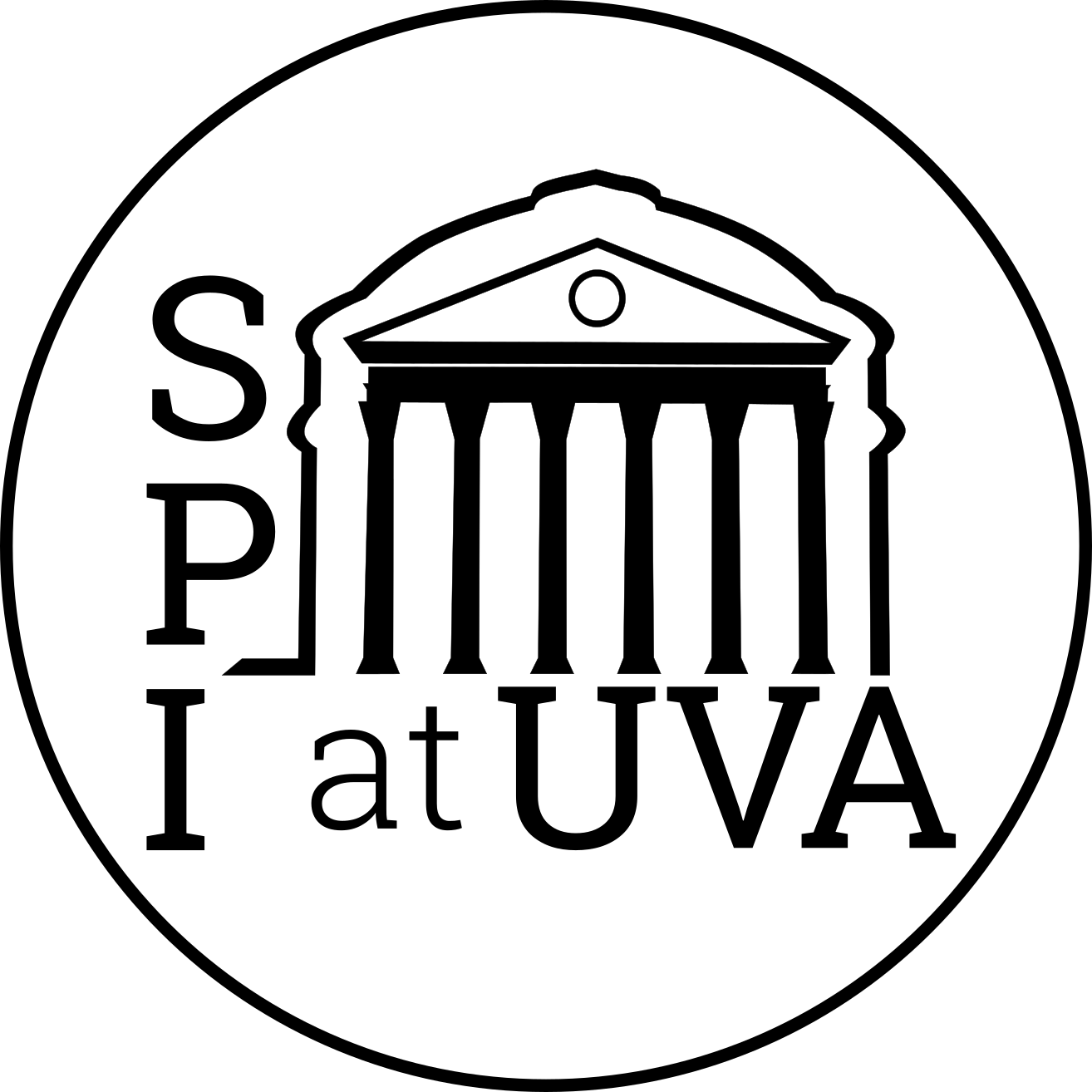Complex rearrangements and oncogene amplifications revealed by long-read DNA and RNA sequencing of a breast cancer cell line.
Published in Genome Research, 2018
M. Nattestad, S. Goodwin, K. Ng, T. Baslan, FJ. Sedlazeck, P. Rescheneder, T. Garvin, H. Fang, J. Gurtowski, E. Hutton, E. Tseng, J. Chin, T. Beck, Y. Sundaravadanam, M. Kramer, E. Antoniou, J. McPherson, J. Hicks, WR. McCombie, MC Schatz. (2018). "Complex rearrangements and oncogene amplifications revealed by long-read DNA and RNA sequencing of a breast cancer cell line." Genome Research. https://genome.cshlp.org/content/early/2018/06/28/gr.231100.117.abstract
The SK-BR-3 cell line is one of the most important models for HER2+ breast cancers, which affect one in five breast cancer patients. SK-BR-3 is known to be highly rearranged although much of the variation is in complex and repetitive regions that may be underreported. Addressing this, we sequenced SK-BR-3 using long-read single molecule sequencing from Pacific Biosciences, and develop one of the most detailed maps of structural variations (SVs) in a cancer genome available with nearly 20,000 variants present, most of which were missed by short read sequencing. Surrounding the important ERBB2 oncogene (also known as HER2), we discover a complex sequence of nested duplications and translocations, suggesting a punctuated progression. Full-length transcriptome sequencing further revealed several novel gene fusions within the nested genomic variants. Combining long-read genome and transcriptome sequencing enables an in-depth analysis of how SVs disrupt the genome and sheds new light on the complex mechanisms involved in cancer genome evolution.

